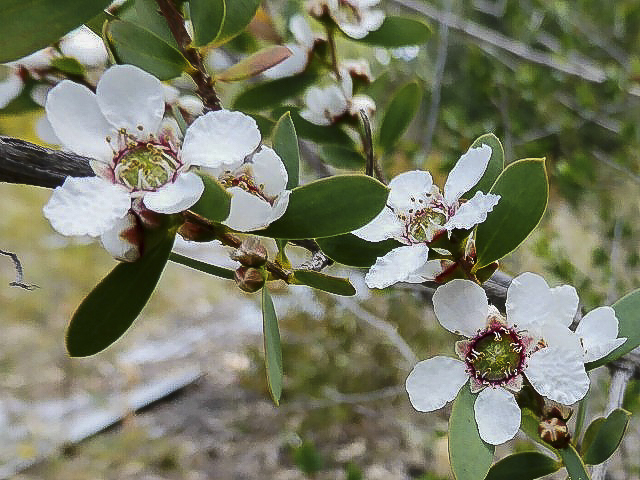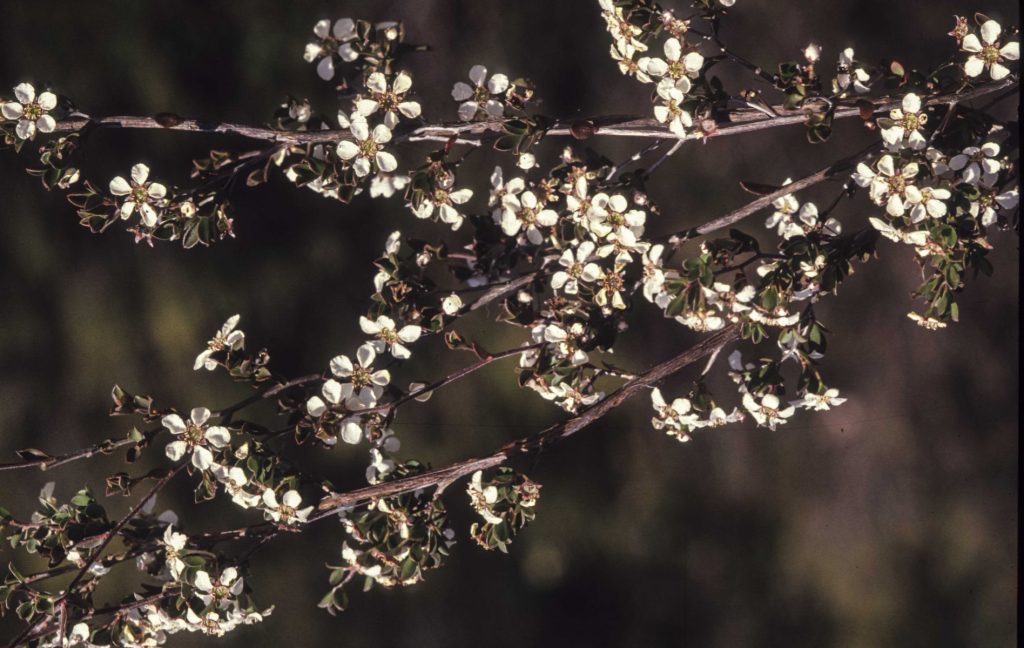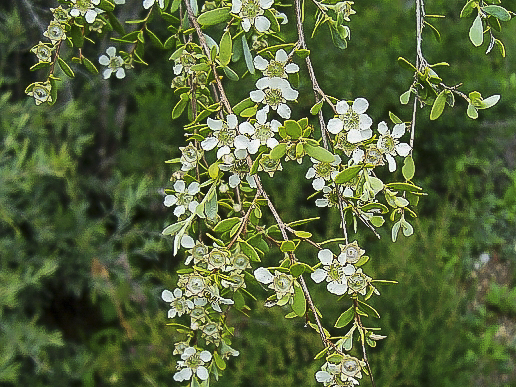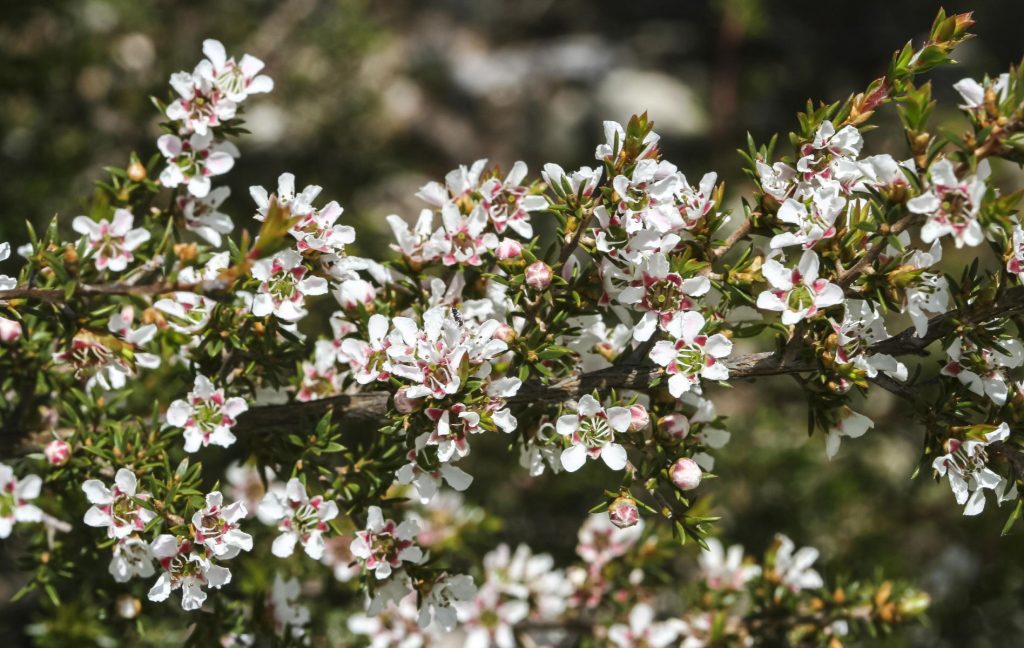Some of you may have heard recently, that some of our beloved Leptospermum spp. have been moved to a new genus. Yes….that’s right….the constantly changing nature of our botanical names continues.
A recently published paper in Taxon, by Peter Wilson and Margaret Heslewood (both based at NSW Herbarium) accounts for the changes. I plan to draft up a detailed article in a future edition of the Australian Plants Journal. In short – a summary is provided here –
The Leptospermum genus displays a wide amount of variation in features such as woody persistent fruits vs. non-woody and non-persistent fruits. There are other features in play such as ovule and seed characteristics. Again, DNA and other data reveal, that some species of Leptospermum are more closely related to species in other genera, rather than species in the same genus.




In short, Leptospermum has been reduced to members of woody-fruited and linear-seeded taxa, which is now 34 species in total (reduced from about 90), and, where they occur in Australia, they are now limited to the eastern states.
A former genus, Leptospermopsis, is re-instated for most species in Western Australia, and 3 new genera are created for non-woody fruited taxa. These are Apectospermum, Aggreflorum and Gaudium. As far as I have been able to find, there are no Apectospermum species in NSW. Aggreflorum consists of 10 species with 4 existing in NSW and Gaudium consists of 22 species, with 15 species existing in NSW. The genus Gaudium (pronounced “Gow-dium”), means “joy” in Latin and is a tribute to the Late Joy Thompson (1923-2018) who wrote a substantial monographic-publication on Leptospermum in 1989.
This will take some getting use to….and as said above, I will be researching further for a future article.
These changes will be reflected on the plant profile database by the end of September.
